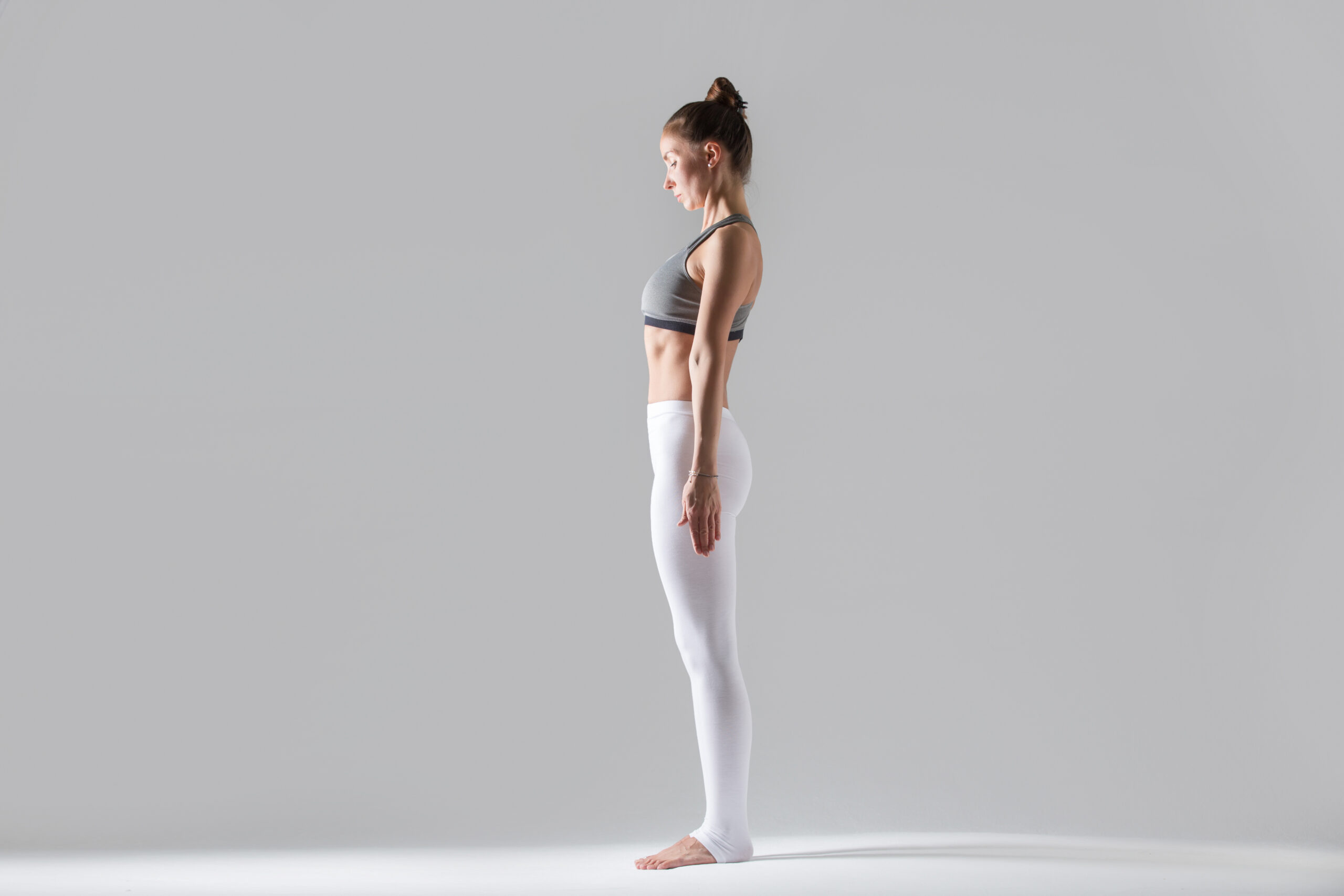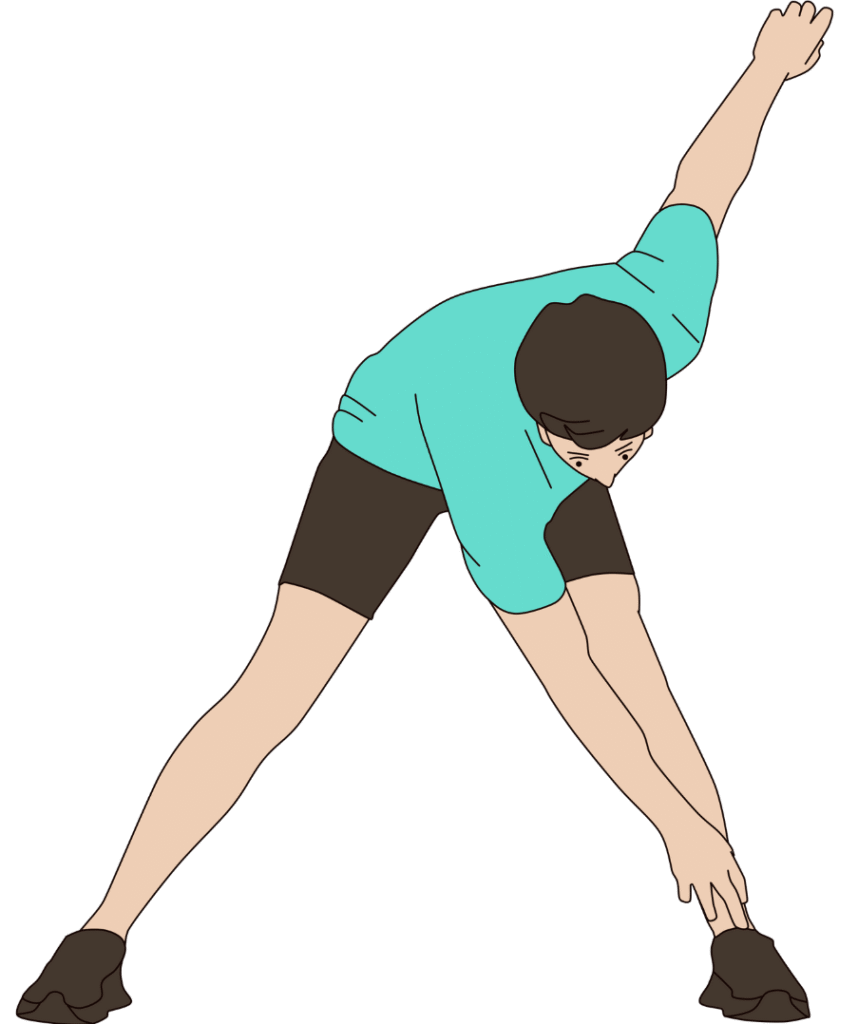If you thought the last few decades glued to your chair were harmless, brace yourself: experts now call prolonged sitting the most dangerous habit wrecking American hearts—no matter how many steps you log or what the treadmill says at the end of the day.
At a Glance
- Prolonged sitting—over 8 hours a day—is now linked to higher risk of heart disease, diabetes, and early death, regardless of exercise.
- Breaking up sitting time with short, frequent movement is proven to cut cardiovascular risk and improve longevity.
- The World Health Organization and American Heart Association now warn that the “sitting epidemic” rivals smoking and poor diet in its threat to public health.
- Experts urge Americans to stand or move every 20–30 minutes—just standing up counts as a “win” for your heart.
- Despite warnings, widespread sedentary lifestyles persist, driving up healthcare costs and fueling chronic disease rates.
Prolonged Sitting: The Silent Heartbreaker Sabotaging America
Sitting might have seemed harmless in the days when “work from home” was a novelty and the average American commuted from desk to dinner table. But medical research is finally calling it like it is: sitting is as dangerous as lighting up a Marlboro in the break room. The World Health Organization pegs physical inactivity as a leading cause of disease and disability, with a staggering 2 million deaths a year globally attributed to it. In the United States, a quarter of adults sit more than eight hours daily. That’s not just Netflix binging—that’s every office worker, remote employee, and retiree stuck in the recliner during cable news marathons. The digital revolution, and let’s not forget the government-induced COVID lockdowns, have only cemented this sedentary trend. Now, it’s catching up with us, literally stealing years off American lives.
Prolonged sitting (>8 hrs/day) is linked to a 30% higher risk of early death, even if you exercise.
— Bryan Johnson (@bryan_johnson) June 30, 2025
It doesn’t matter if you hit the gym after work or walk the dog around the block. The latest studies lay it out with brutal honesty: more than 11 hours of sitting a day increases your mortality risk by 30 percent, exercise or not. That’s right—your morning jog and weekend pickleball tournament won’t protect you if you’re glued to your seat the other 23 hours. Cardiologists and nutritionists are now begging people to ditch the outdated idea that “exercise cancels out sitting.” It doesn’t. Prolonged sedentary time is an independent, and deadly, risk factor for heart disease, diabetes, obesity, and a laundry list of chronic illnesses. Welcome to the new era of risk—where your biggest enemy is your own chair.
Watch: As a HEART Surgeon, I am BEGGING SENIORS to STOP this 1 HABIT!
Why Breaking Up Sitting Time is Now an Urgent National Priority
For years, health experts focused on getting people to move more, but the game has changed: it’s not just about exercise, it’s about moving throughout the day. The “exercise snacks” trend—quick, frequent movement breaks—has gone from fringe to mainstream in medical circles. Standing every 20 to 30 minutes, walking to the mailbox, or simply stretching by your desk can actually reduce the damage that hours of sitting inflict on your arteries. The American Heart Association and other top medical bodies now include “sedentary time reduction” as a core pillar of heart health. The message couldn’t be clearer: you can’t just sit all day, then try to make up for it at the gym. If you care about your heart, you need to get up—often.
Despite these warnings, old habits die hard. Most workplaces still operate like assembly lines for chronic disease, chaining employees to desks and turning conference calls into marathon sitting sessions. The public health crisis is especially dire for older adults and low-income communities, who face extra barriers to staying active. The “sitting disease” is now recognized as a major factor behind America’s ballooning healthcare costs and rising rates of chronic illness. When politicians and bureaucrats talk about healthcare reform, maybe they should start by looking at the furniture in their own offices.
The Real Cost: National Health, Productivity, and Common Sense Under Siege
This crisis isn’t just about personal health—it’s hammering productivity and the American wallet. Chronic illnesses tied to sedentary lifestyles drive up insurance premiums, strain Medicare, and cost billions in lost workdays. The irony is hard to miss: the same government that lectures citizens about healthcare is also responsible for urban planning and workplace policies that keep us chained to our seats. Meanwhile, wellness tech companies are cashing in, selling everything from standing desks to activity trackers, but these gadgets won’t fix the root problem if the culture of sitting isn’t challenged head-on.
There’s a bitter lesson in all this: for decades, Americans were told to trust the experts, obey the guidelines, and sit quietly—literally and figuratively—as their freedoms and health were eroded by top-down mandates. Now, the truth comes out: the number one habit to break isn’t just a personal choice—it’s a matter of national survival. If we want to reclaim our health, our productivity, and our common sense, it’s time to stand up—literally—against the tyranny of the chair.








